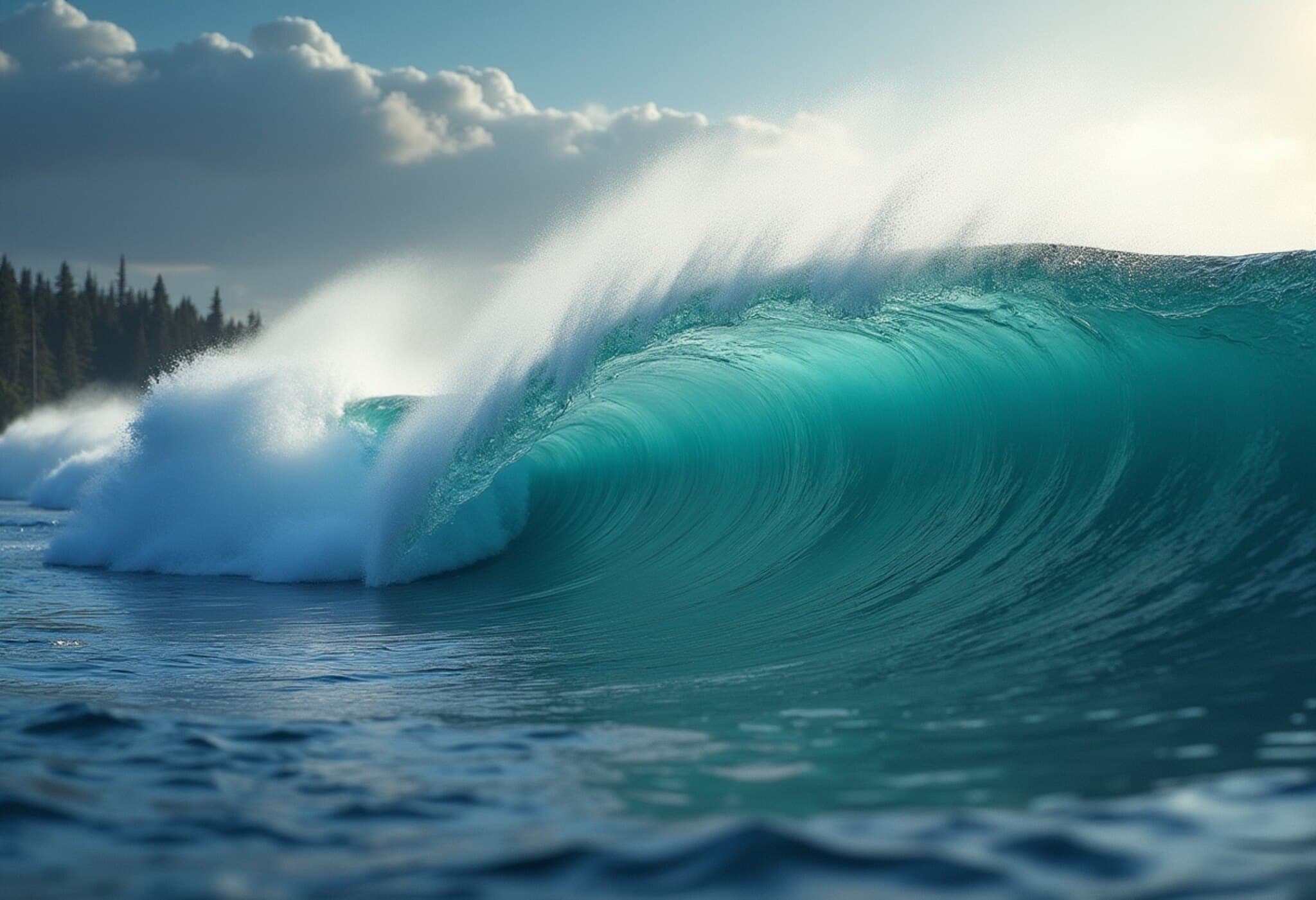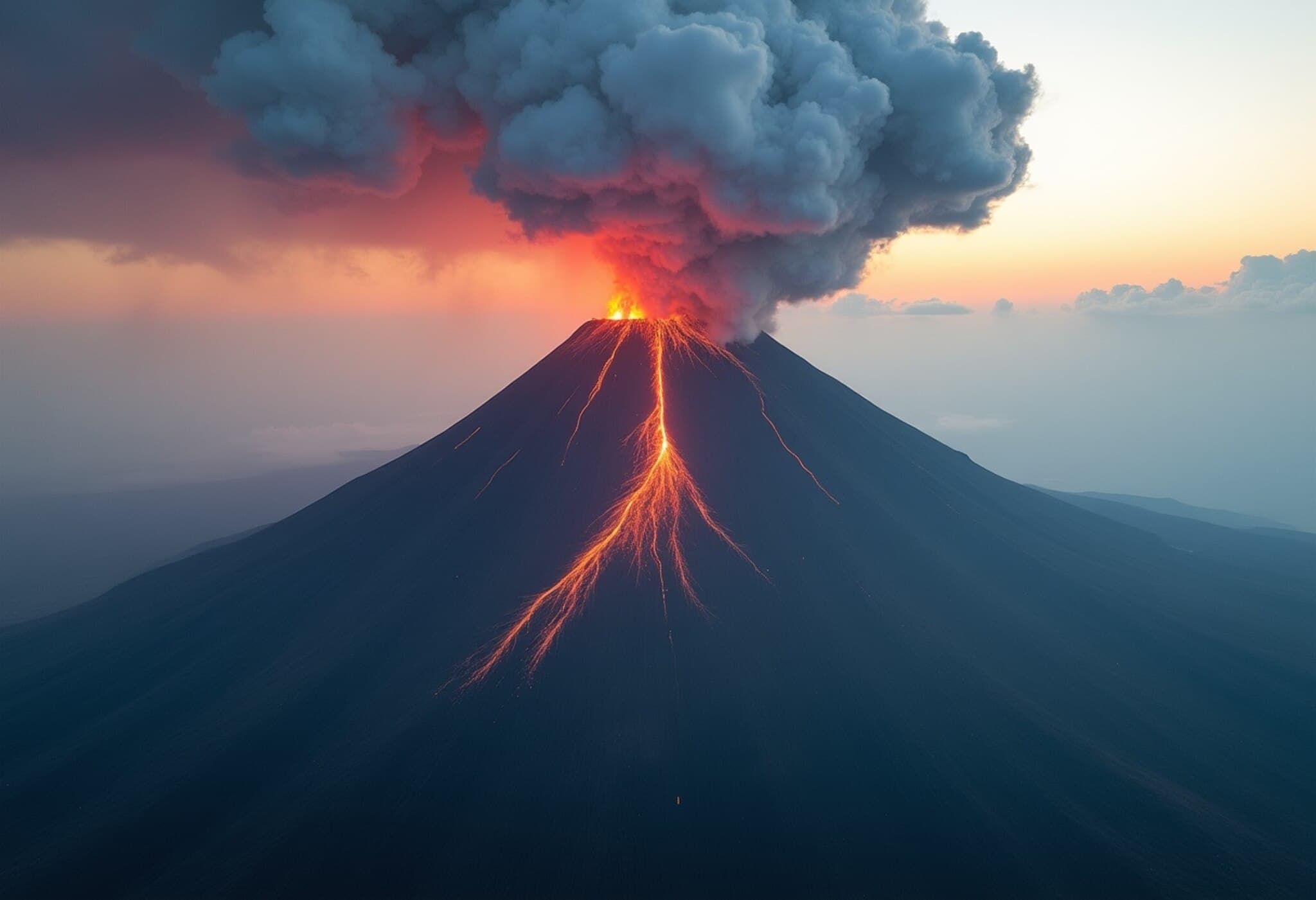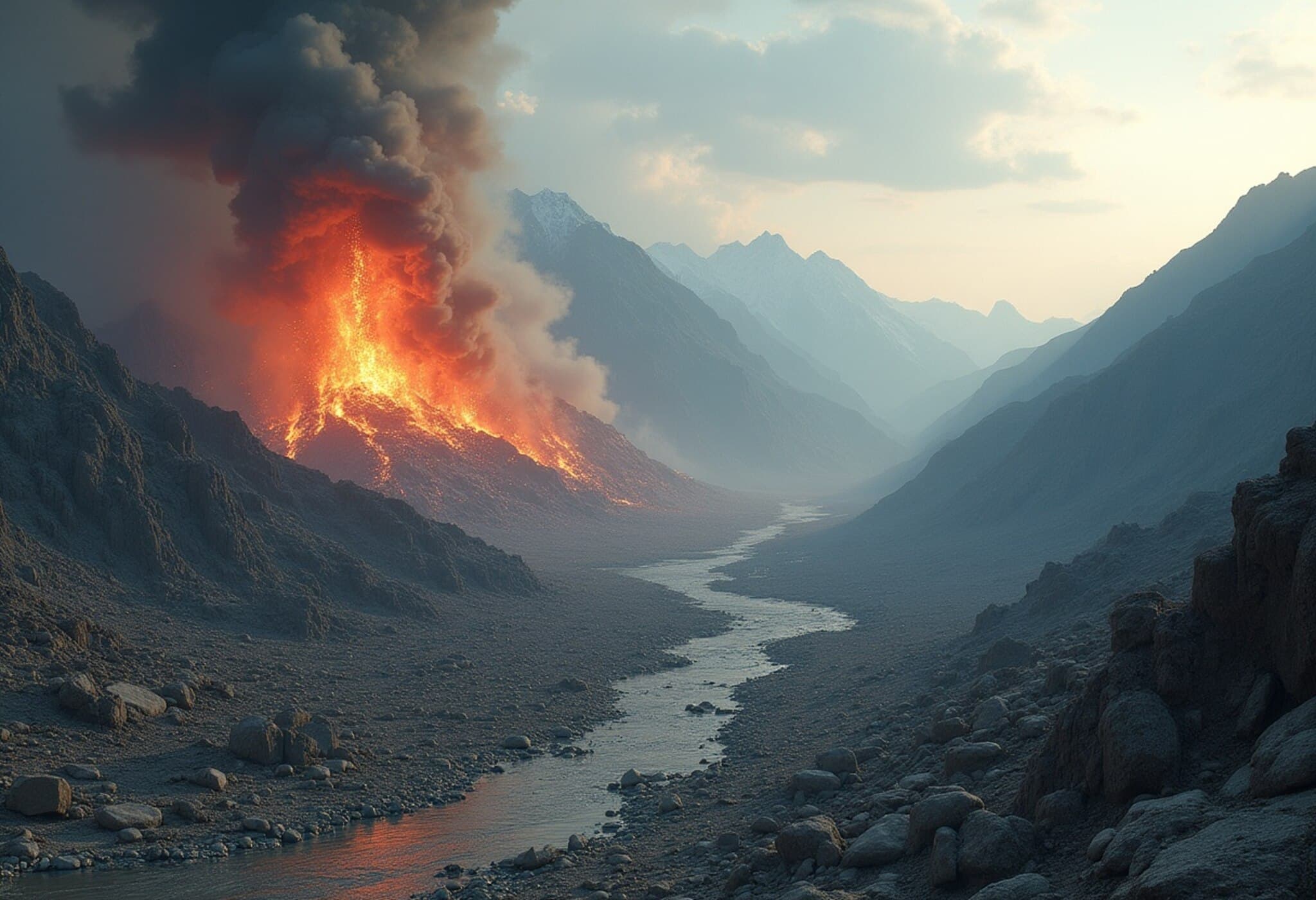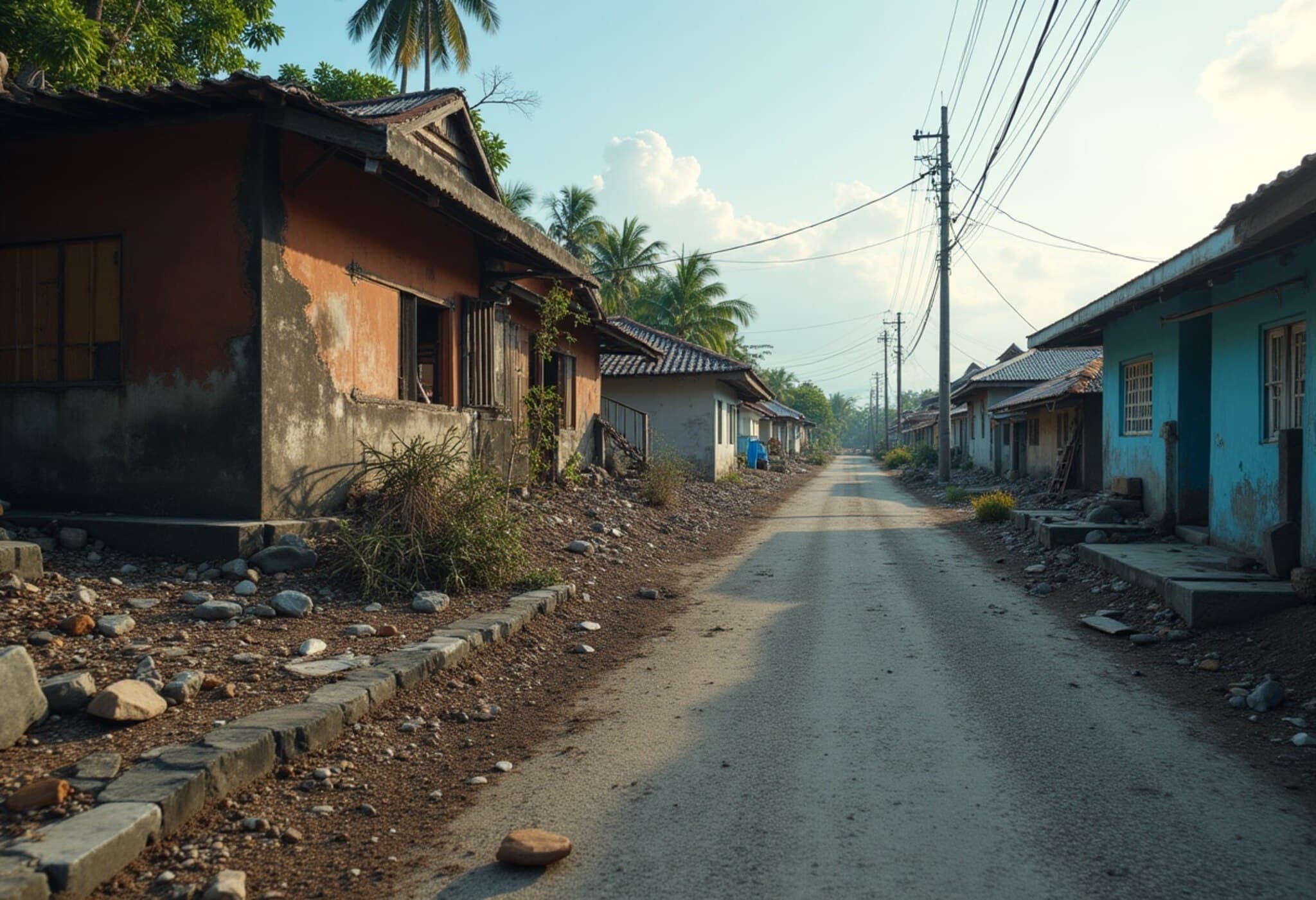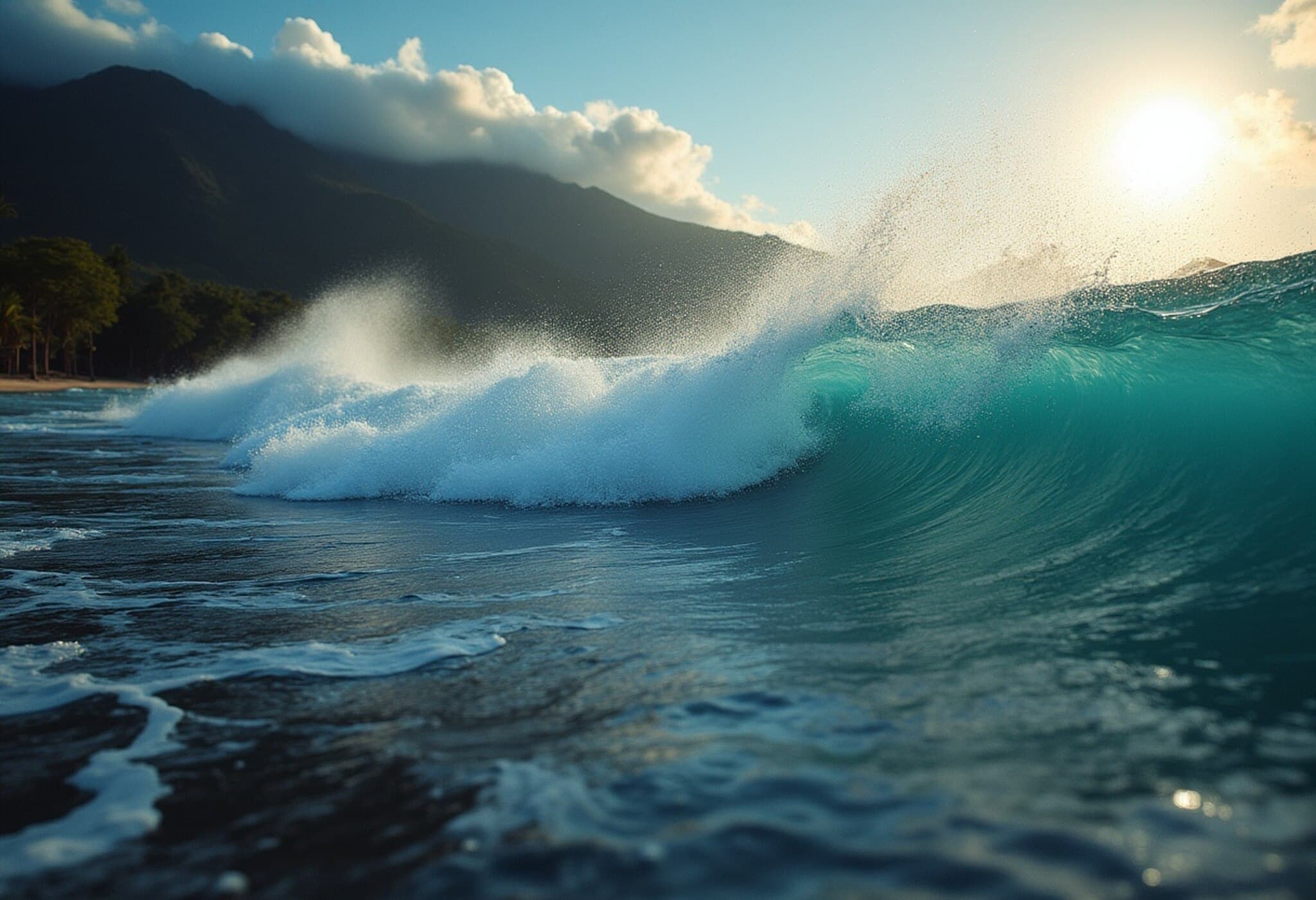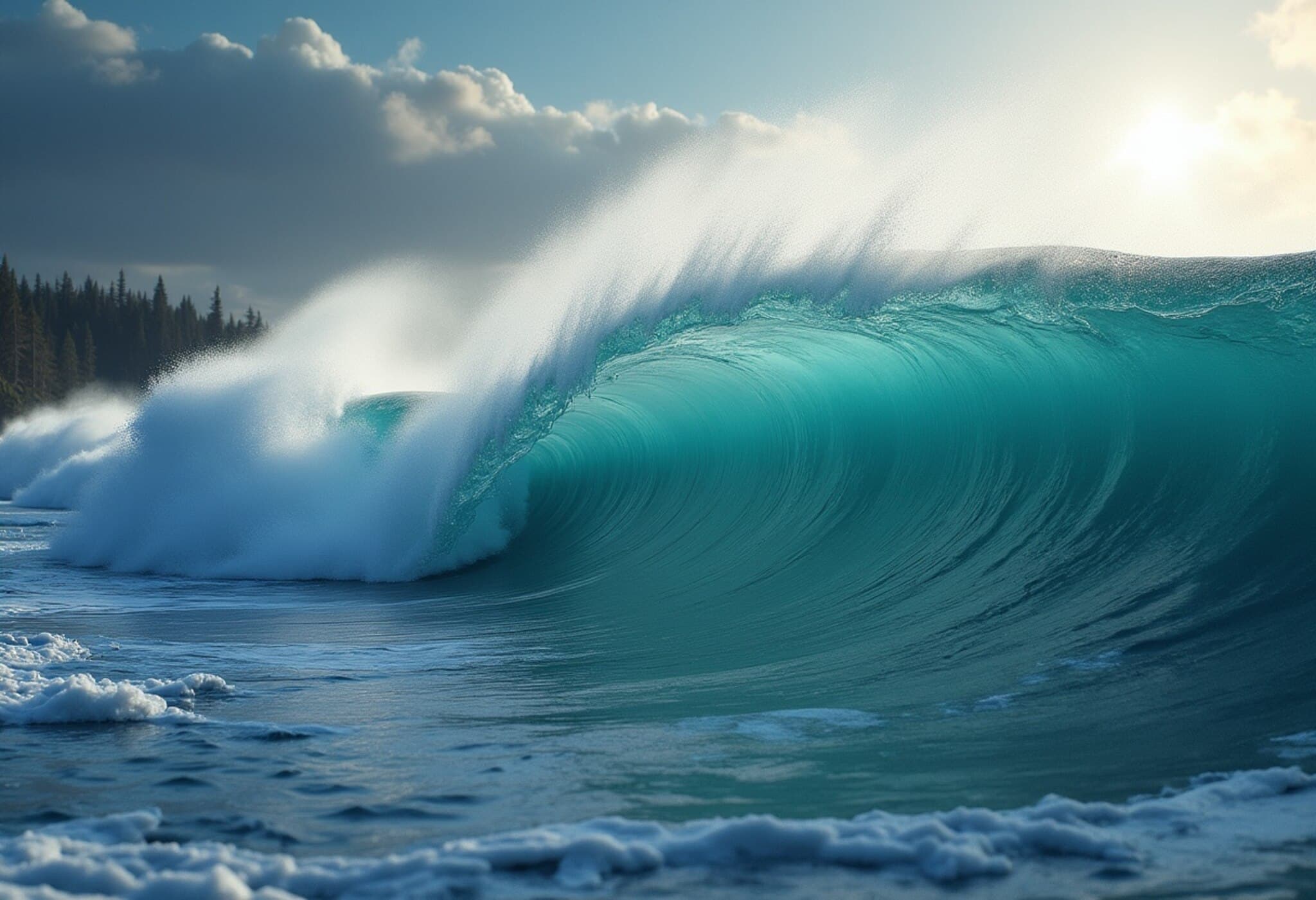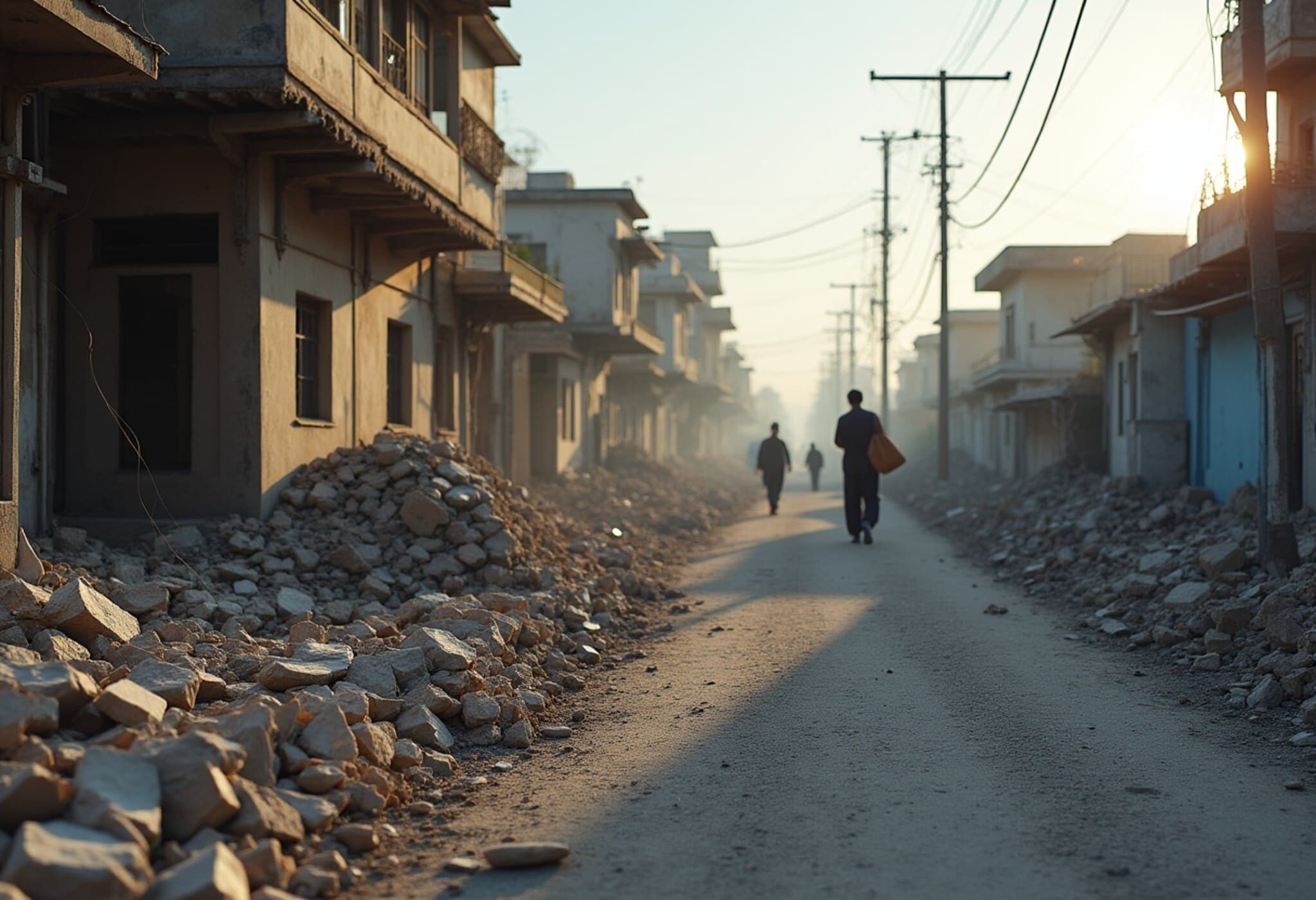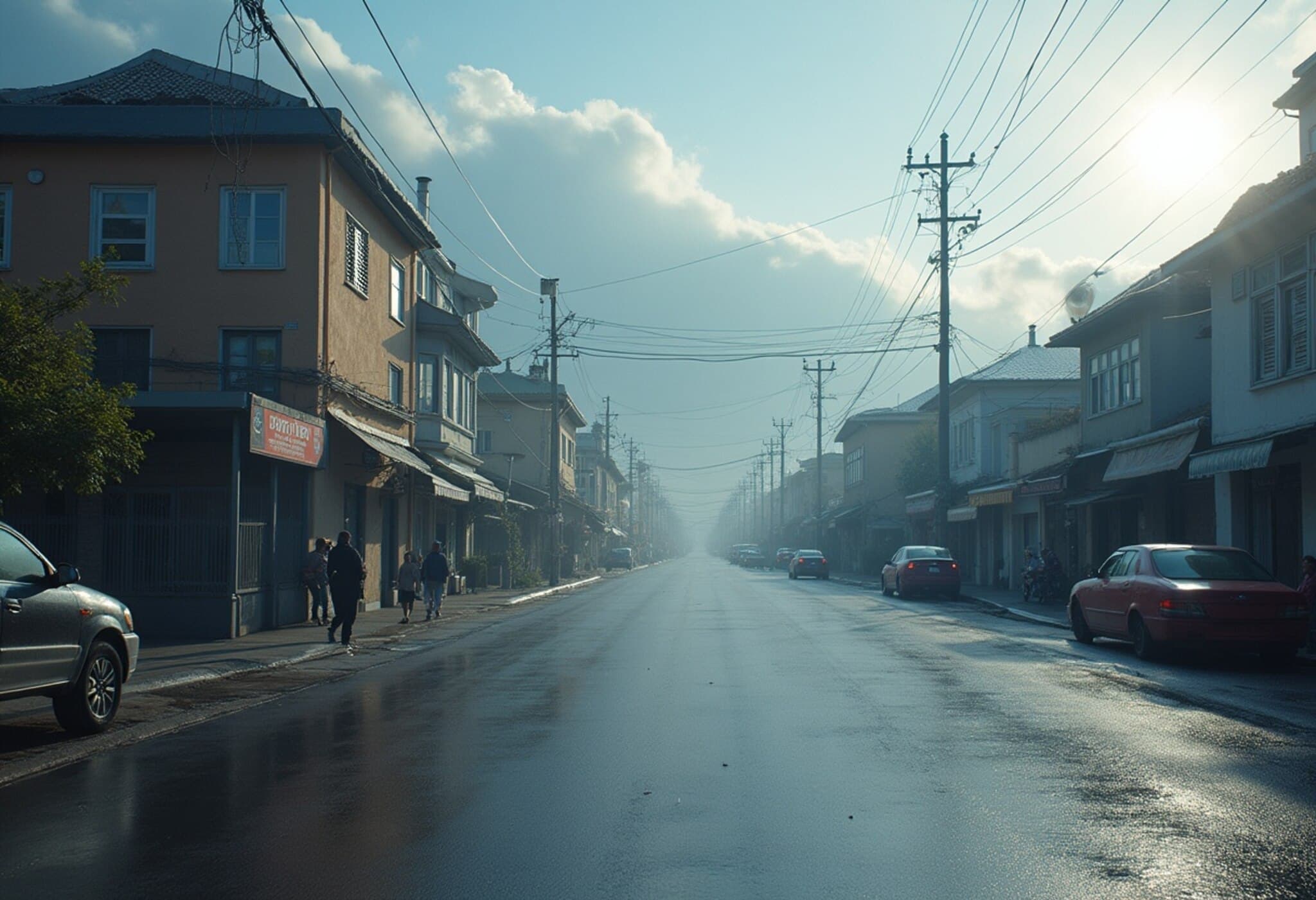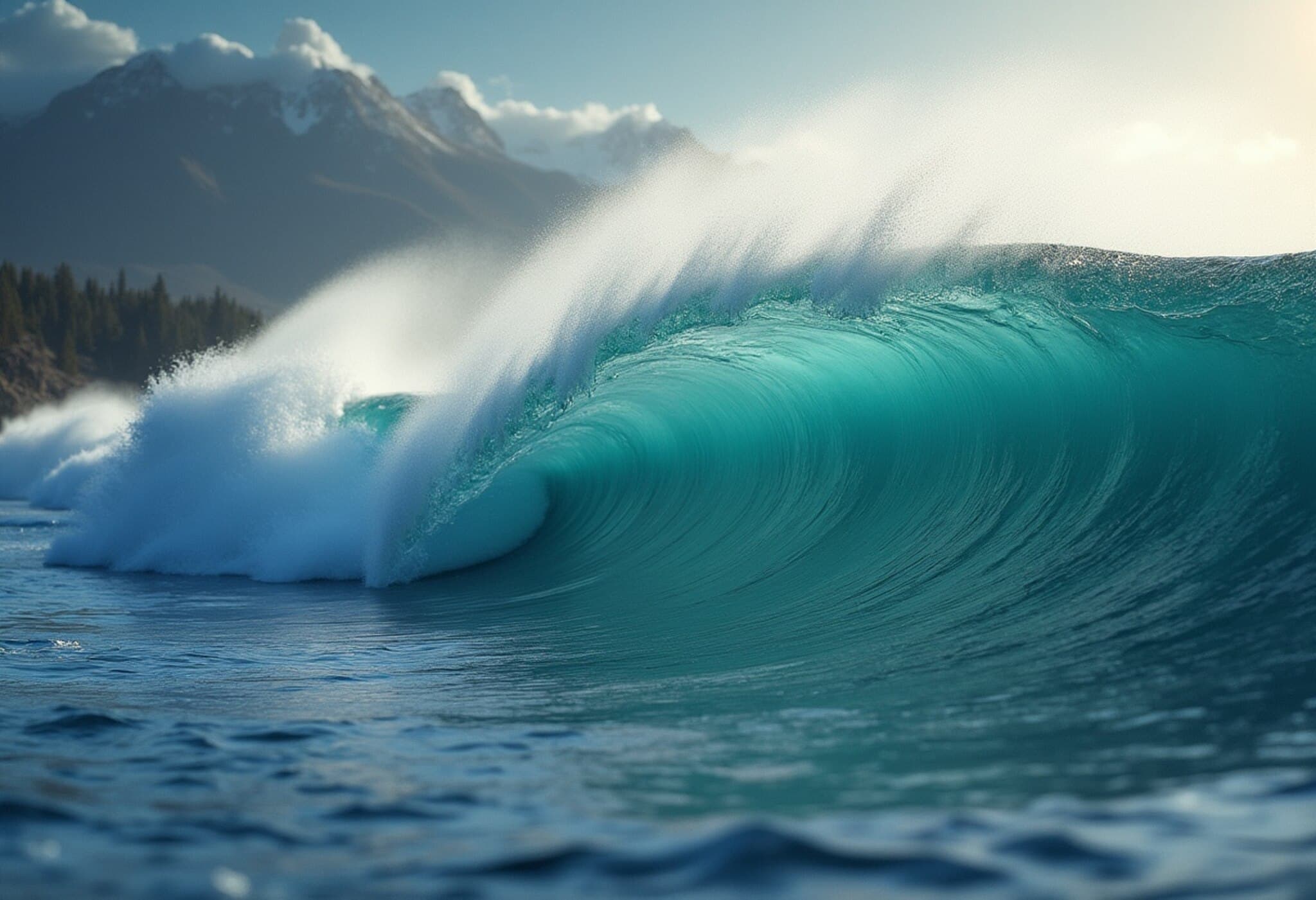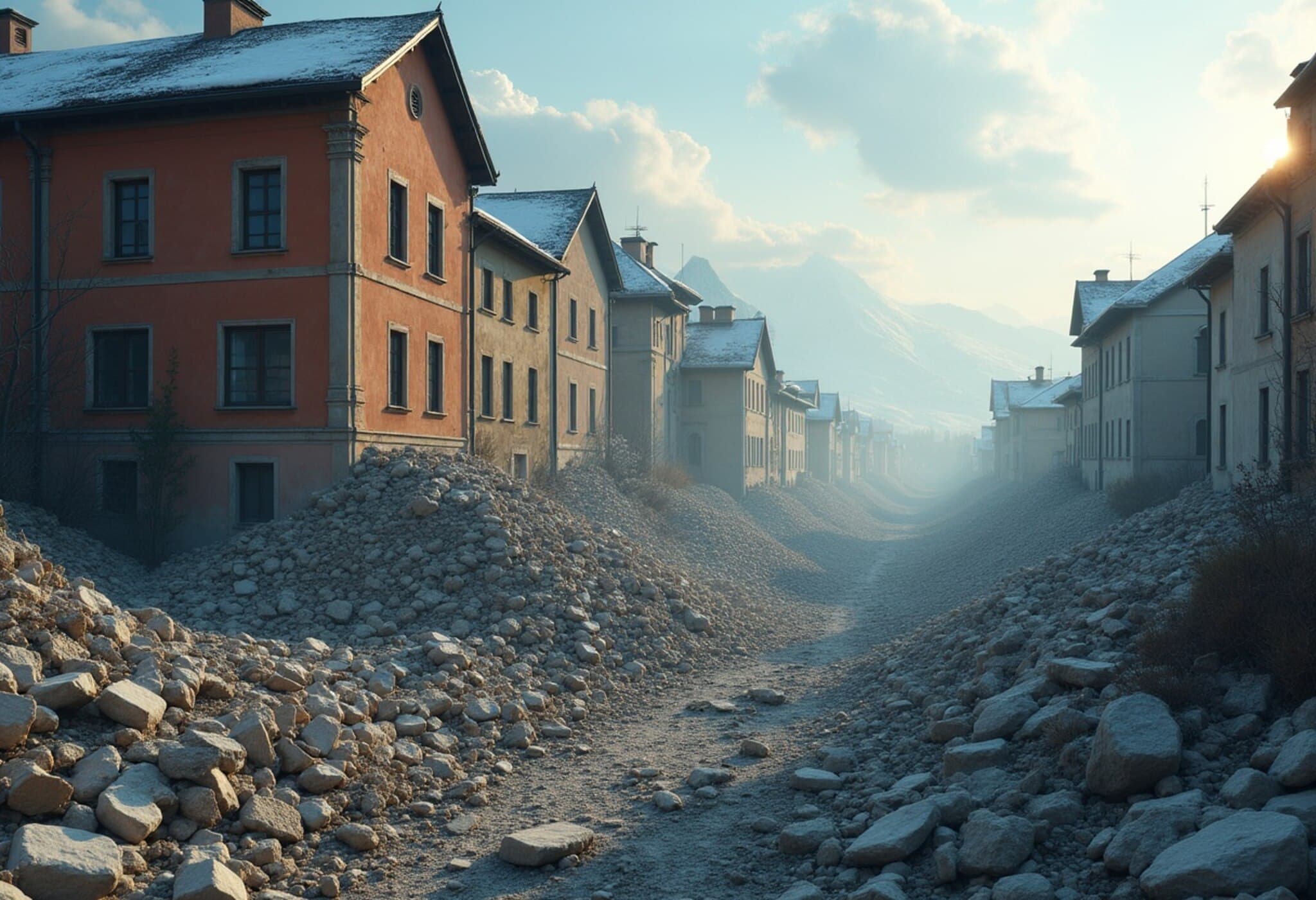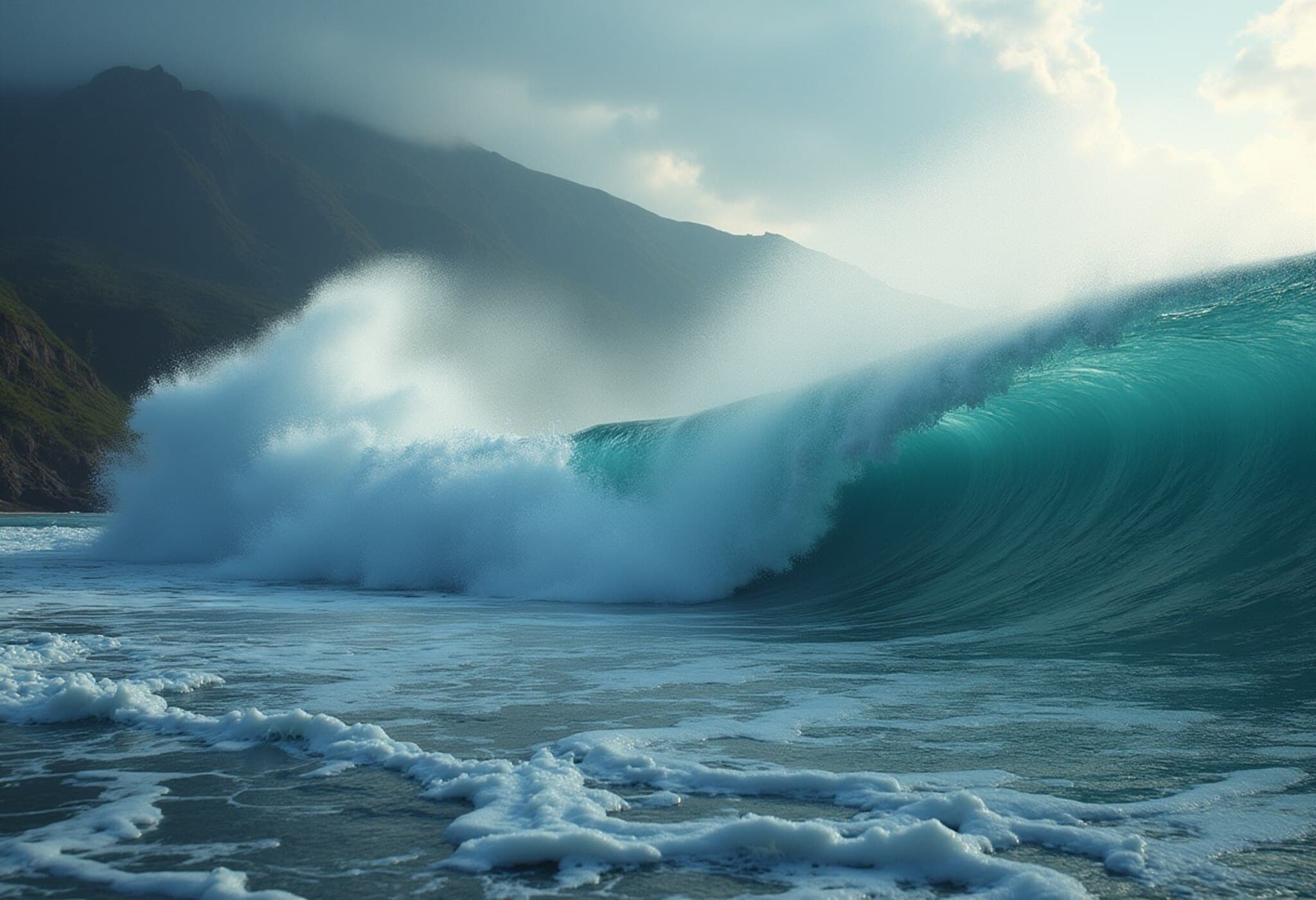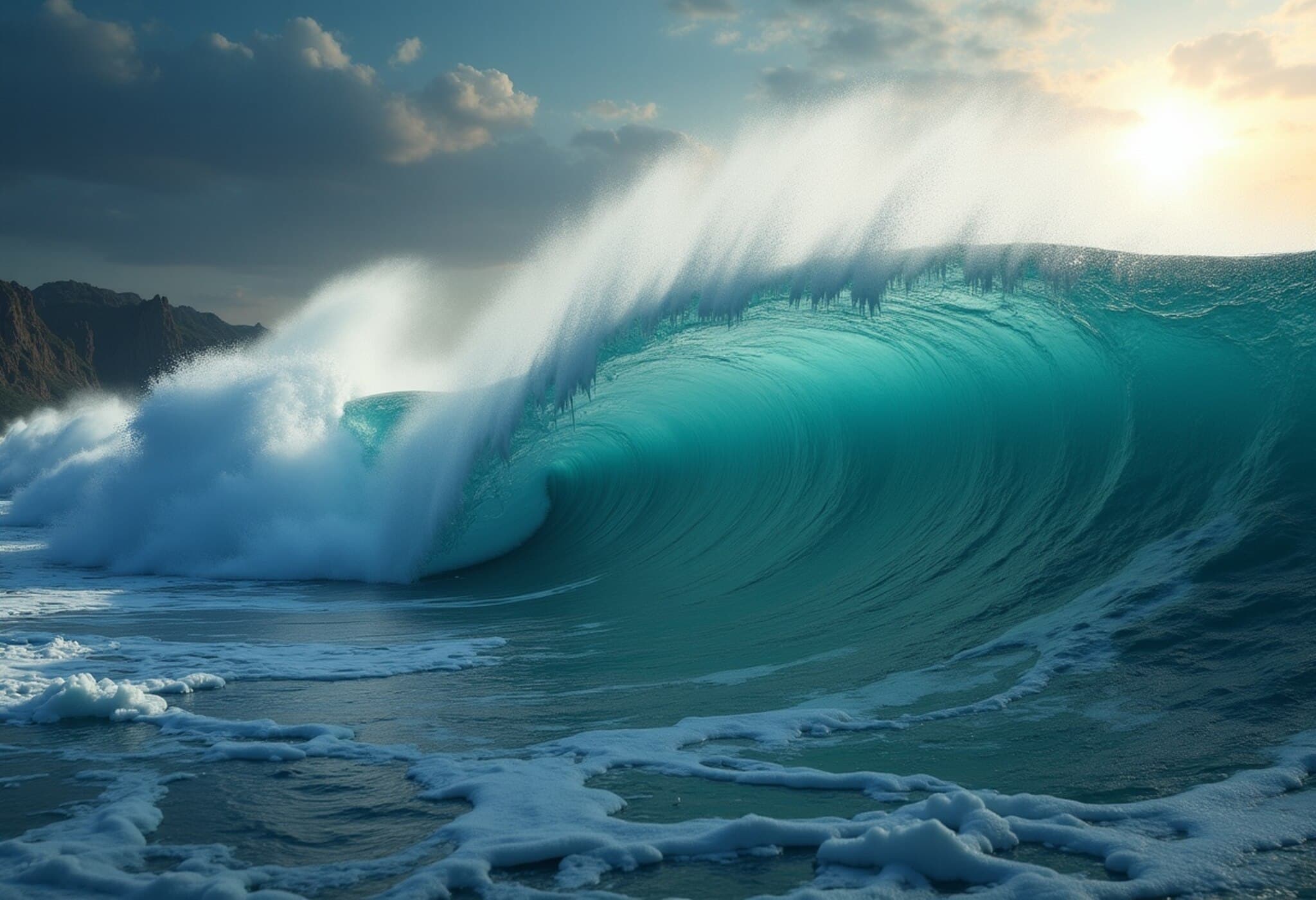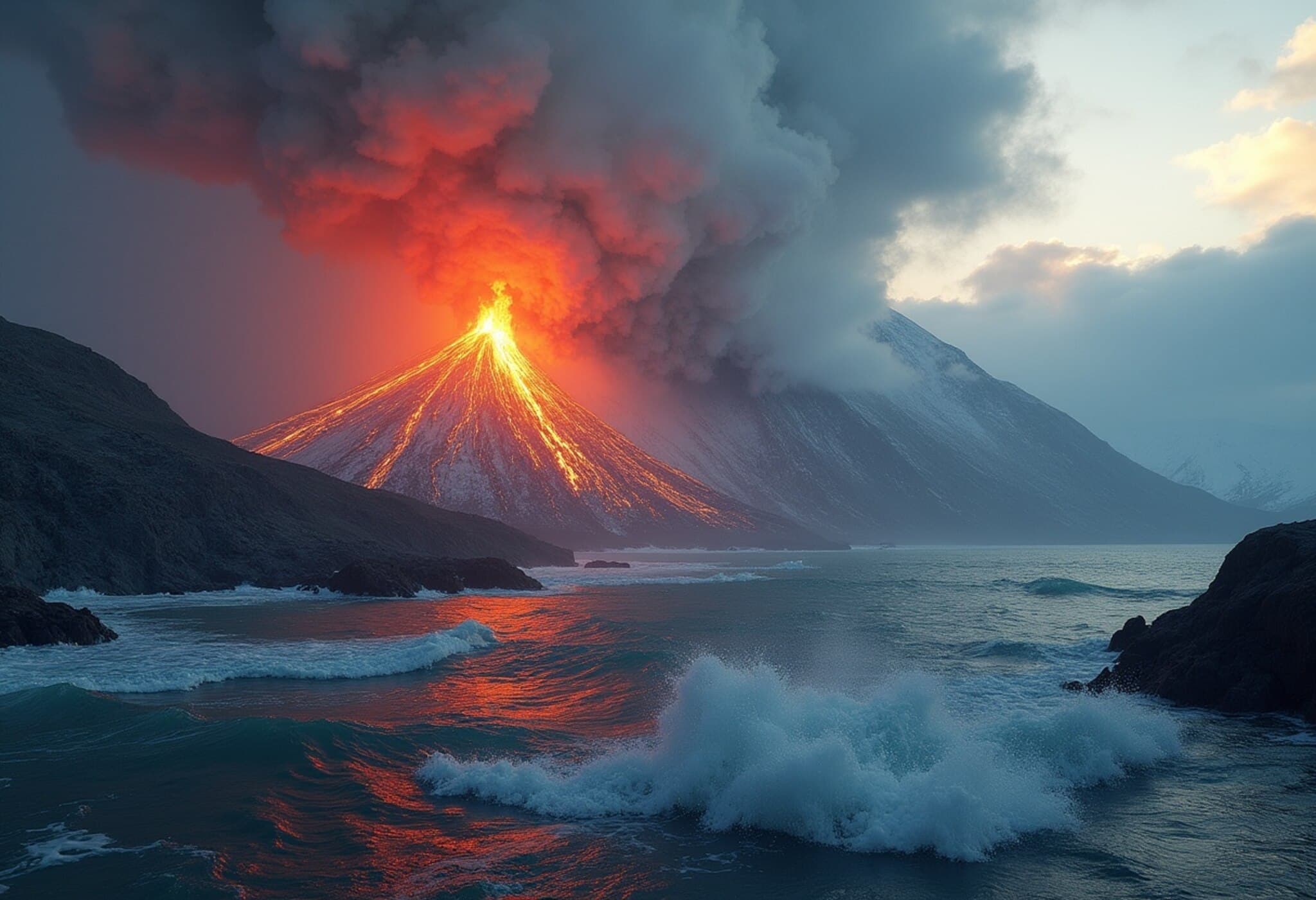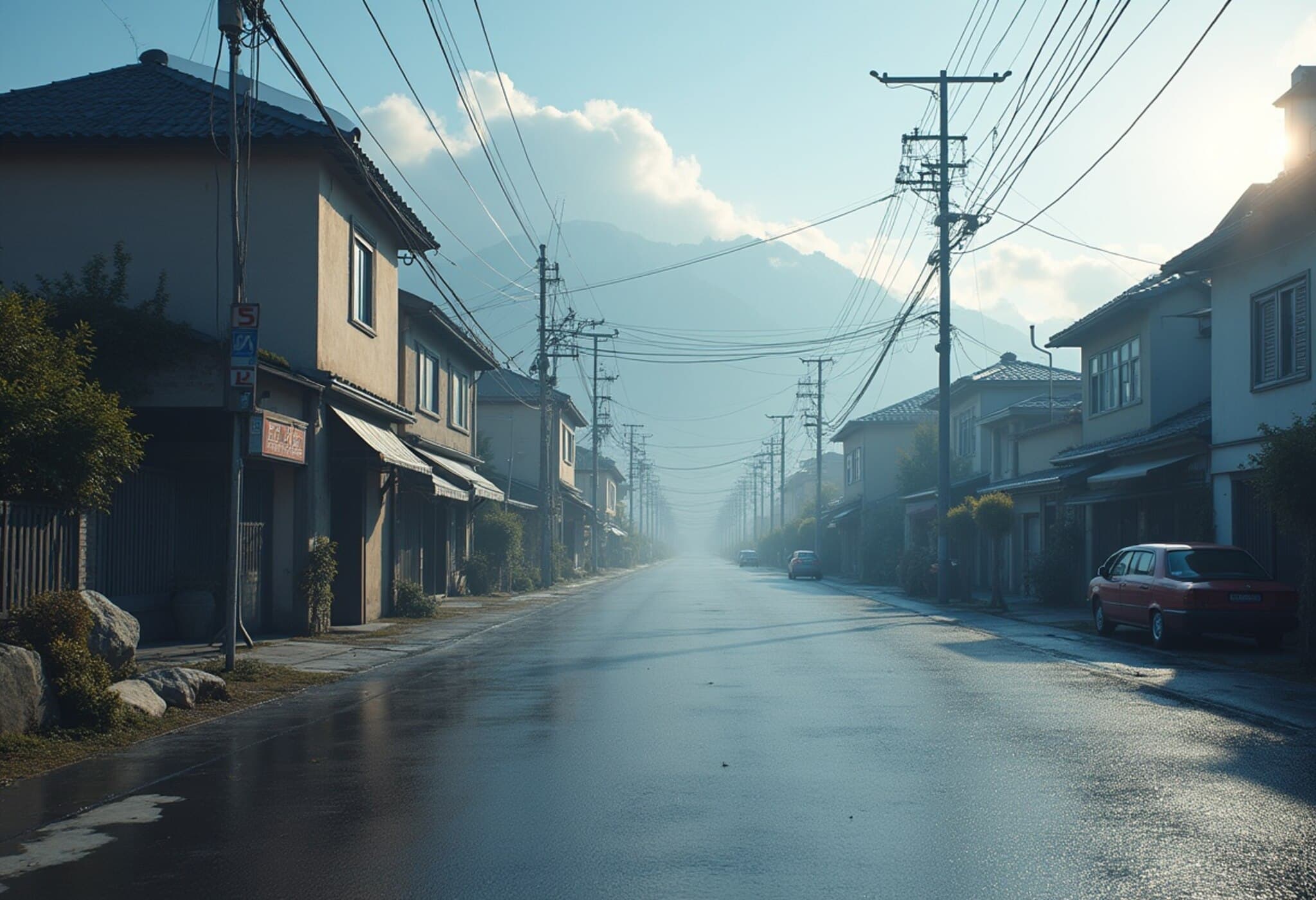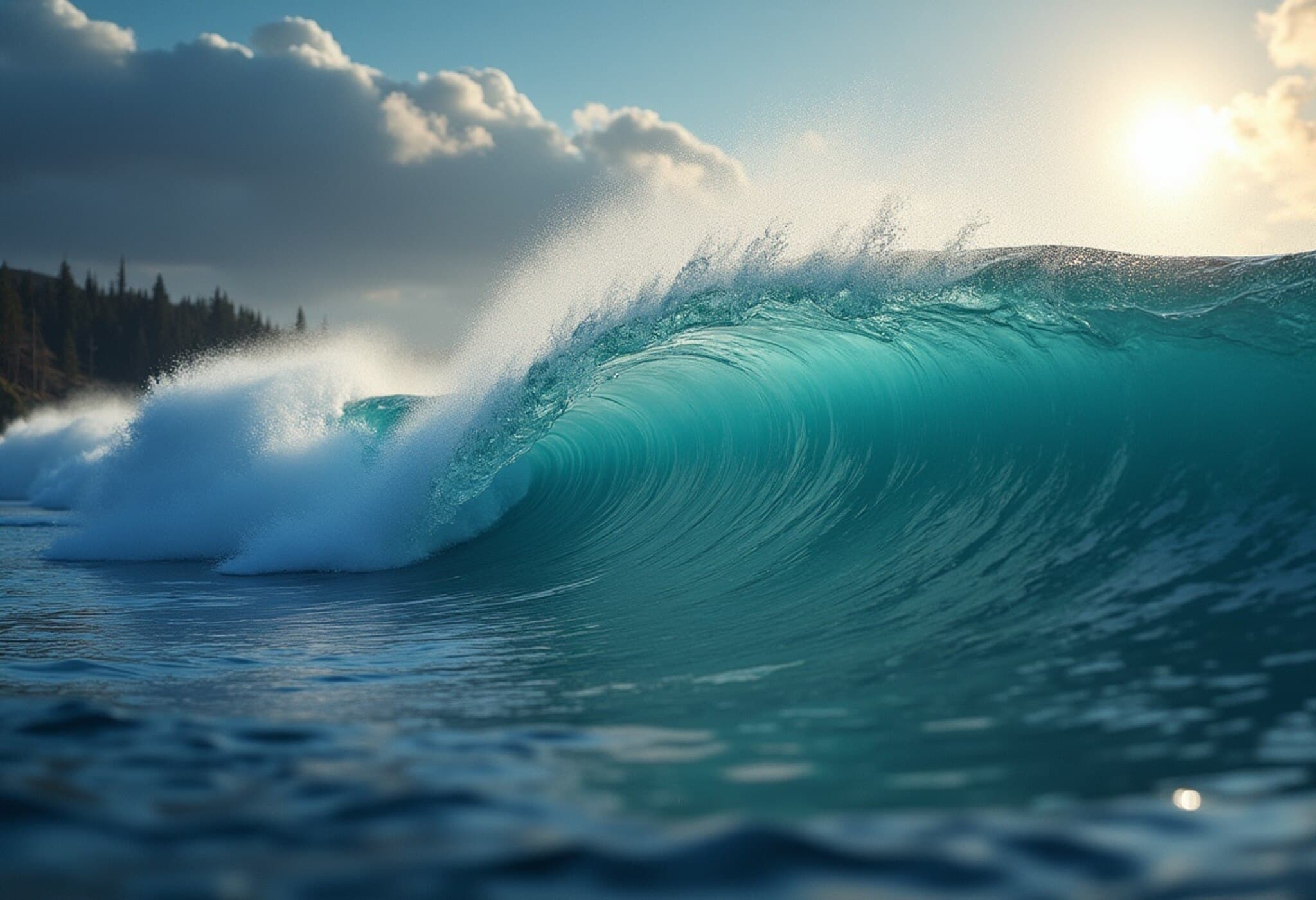Understanding the Kamchatka Earthquake and the Unexpectedly Mild Tsunami
On July 30, 2025, a powerful earthquake rocked the waters off Russia's Kamchatka Peninsula, registering a staggering magnitude between 8.7 and 8.8. Given the earthquake’s size, tsunami warning centers along the Pacific rim swiftly issued alerts for potentially devastating waves. Yet, as hours passed, the predicted colossal tsunamis never materialized, leaving both experts and the public asking: why was the tsunami so weak?
The Nuances of Earthquake Magnitude and Energy Release
Diego Melgar, a geophysicist at the University of Oregon, sheds light on this complex dynamic. “There’s big,” he emphasized, “and then there’s really, really, really big.” What seemed like a close call when compared to the catastrophic 2004 Indonesian tsunami (magnitude 9.1) and the 2011 Tohoku, Japan tsunami (magnitude 9.0) was in energy terms actually quite different. This is because the earthquake magnitude scale works logarithmically.
- A magnitude 9 earthquake releases approximately ten times more energy than a magnitude 8.7.
- The difference between 8.7 and 8.8 might seem slight, but it translates to roughly three times more energy.
These distinctions are crucial because the energy released dramatically influences the potential size and power of resulting tsunamis.
How Tectonic Movements Shape Tsunami Formation
The Kamchatka quake originated along a notorious subduction zone—where one tectonic plate plunges beneath another. This geological interface can depress or uplift the seafloor, forcing massive amounts of water to shift and send waves rippling across oceans.
Melgar’s team suggests the quake ruptured a stretch of seafloor hundreds of miles long. Longer ruptures often spell more energetic tsunamis. But tsunami size isn’t just about rupture length; the depth and pattern of seafloor displacement matters tremendously. Variations along the fault line can dampen or amplify wave generation.
“Not all earthquakes are created equal,” Melgar noted, underlining the inherent complexity. Unpacking this event’s specifics will require extensive analysis—possibly months of seismological detective work—to understand the subtle underwater mechanics that led to a smaller-than-expected tsunami.
Lessons from History and Advances in Warning Systems
This earthquake evokes the memory of the 1952 Kamchatka quake, which produced a 3.6-meter tsunami that reached Hawaii with minimal notice, causing casualties and damage. In stark contrast, the current event’s early tsunami warnings showcase significant improvements in Pacific Ocean monitoring and rapid communication among nations.
“It’s a better-safe-than-sorry scenario,” Melgar said. “Warnings went out quickly, allowing coastal communities time to prepare, and that's a big success in disaster response.”
Beyond the Waves: Why This Matters to the U.S. and Pacific Neighbors
Though the tsunami was weak, the event underscores the continuous risk facing Pacific coastlines, including the western United States, Alaska, and Pacific Islands. Enhanced understanding of earthquake-tsunami relationships not only refines warning protocols but also supports coastal infrastructure planning and emergency preparedness nationally.

